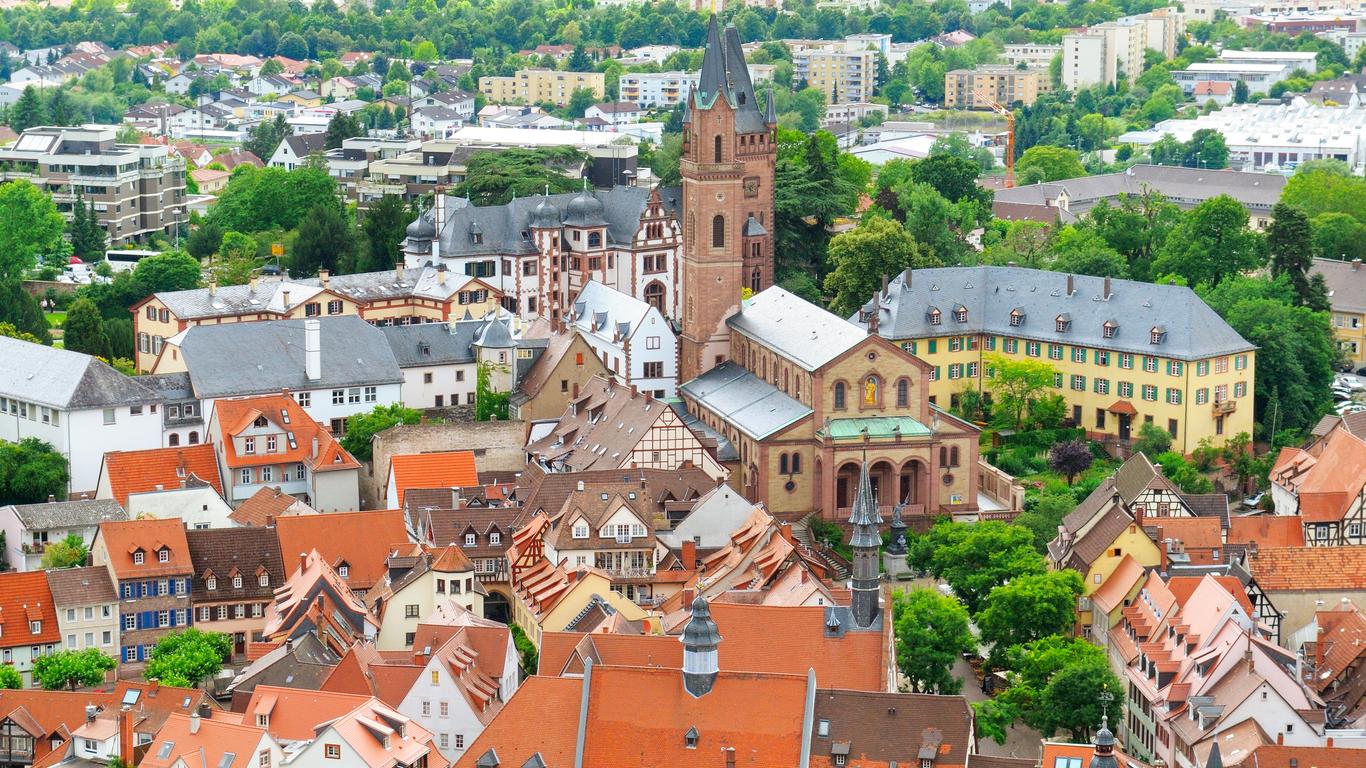Mannheim plays an essential role in world history, as it was where Karl Benz built the world’s first integrated automobile, and where Karl Drais created the first ever bicycle. The city remains an important industrial hub and the home of giants like Siemens and Roche. However, it’s not all about factories. This modern city, located south of Frankfurt am Main on the Rhine and Neckar rivers, offers a colourful cultural scene and impresses any visitor who gives it time.
Mannheim is a city where Goethe and Mozart once resided, as well as being a royal residence for many years before World War II. The arts remain high on the agenda although the style has changed somewhat. For example, visitors to Blau encounter graffiti and post-punk artwork on the walls, while the Reiss-Engelhorn Museum displays selective artworks from world cultures. Mannheim’s famous icon is the Jugendstil Water Tower, although its most famous names come from the realm of industry, including Roche, Unilever, Mercedes, Fuchs Petrolub, Caterpillar, John Deere. Many large companies have industrial plants in Mannheim, which gives the city a somewhat grey initial impression. Delve further into the city centre, and almost everyone is pleasantly surprised.
High-speed ICE trains connect Frankfurt International Airport with Mannheim in just 30 minutes, and there are also slower but lower cost bus service. Mannheim is a large modern city that has become a regional transport hub, where regional and high-speed trains intersect at Mannheim Hauptbahnhof. Most of the industrial area can be reached by the extensive local bus system, which can also take visitors to the old-world charm of nearby Heidelberg.
Karl Benz was working in a mechanical workshop in Mannheim when he dreamed the idea of a “horseless carriage”. By the end of the 1880s he had a patent for a two-stroke petrol engine, and by 1886 he has patented the “automobile fuelled by gas”, which was displayed to the world at the 1887 Paris Expo.





